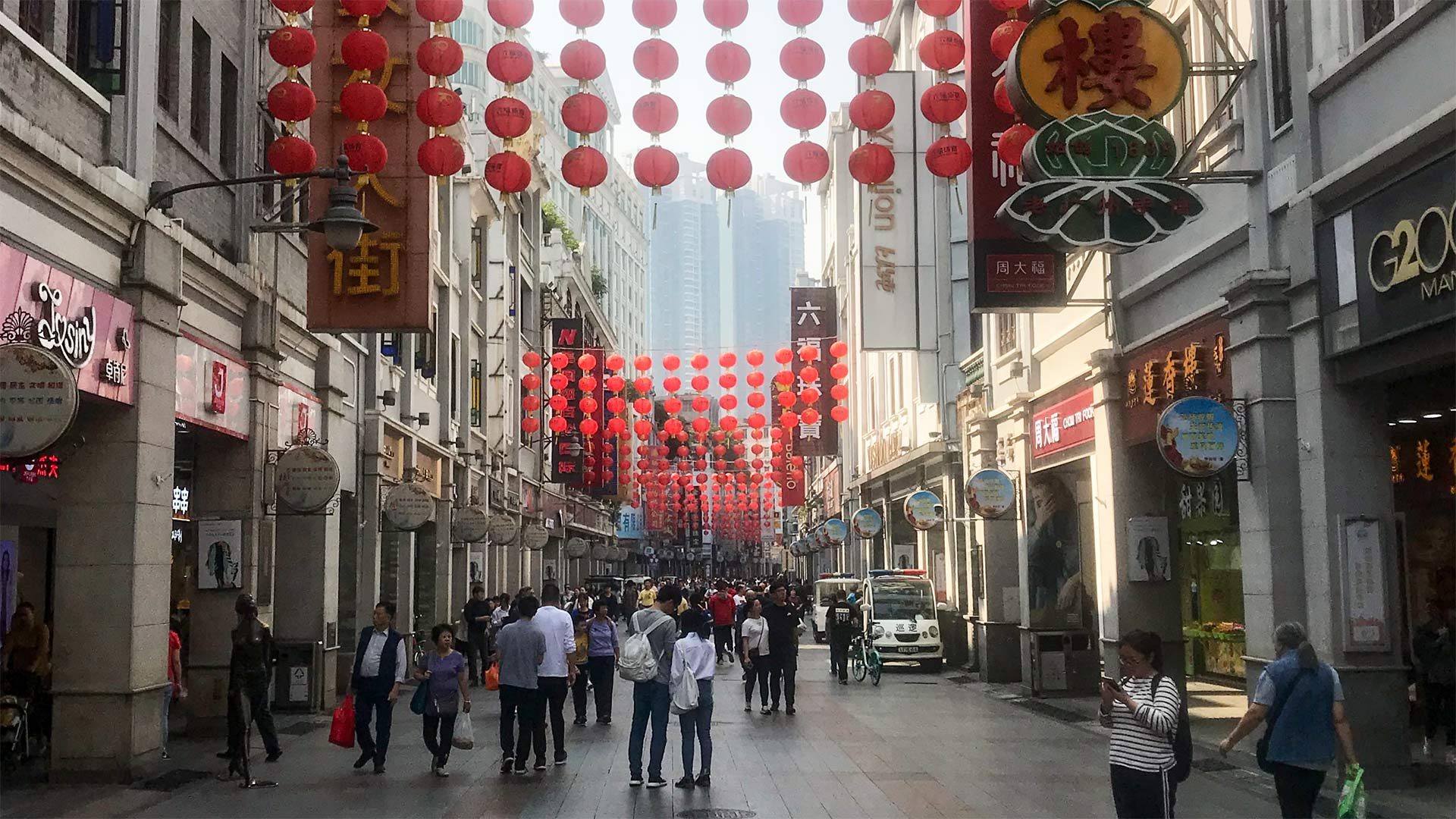China’s total goods imports and exports hit record high again in 2022, expanding 7.7 percent year on year to 42.07 trillion yuan (about 6.25 trillion U.S. dollars), official data showed Friday.
Exports rose 10.5 percent year on year, while imports went up 4.3 percent, according to the General Administration of Customs.
China registered mild inflation in 2022, with the consumer price index (CPI) growing by 2 percent from a year earlier, well below the government’s annual target of 3 percent.
The reading is in sharp contrast to the high level of international inflation and confirms China’s role as a stabilizer for the world economy, in the face of downward pressures and uncertainties.
“Prices have remained stable in 2022, which fully demonstrates the strong resilience of the Chinese economy, the large size of the market, and the effectiveness of measures to maintain supply and stabilize prices,” said Guo Liyan, a researcher with the Chinese Academy of Macroeconomic Research.
In December 2022, China’s CPI rose 1.8 percent year on year, up from 1.6 percent in November, the National Bureau of Statistics (NBS) said Thursday.
“Prices were generally stable in December thanks to China’s efforts to better coordinate epidemic response and economic and social development, and the country’s adoption of measures to ensure market supply and stabilize prices,” said senior NBS statistician Dong Lijuan.
The producer price index (PPI), which measures costs for goods at the factory gate, went up 4.1 percent year on year in 2022. The PPI edged down 0.7 percent in December, the NBS data showed.
STARK CONTRAST
China’s mild inflation made it an outlier compared with other major economies — where consumer prices skyrocketed due to a spike in energy and food costs, as well as supply chain snags.
Inflation for the whole of 2022 was around 8 percent in the United States, above 8 percent in the eurozone and around 9 percent in Britain. Emerging economies such as India, Brazil and South Africa saw price growth of 7 to 10 percent during the first 11 months of 2022, said Wan Jinsong, an official with the National Development and Reform Commission.
“Stable domestic consumer prices in China are in stark contrast to surging global inflation,” Wan told a media conference on Thursday.
He attributed the country’s moderate inflation to its efforts to stabilize grain, hog and energy prices and anchor market expectations.
MILD OUTLOOK
Looking at the prospects for 2023 — although international commodity prices may fluctuate at high levels and imported inflationary pressures still exist — there is a solid basis for China’s consumer prices to stay steady, Wan said.
Citing successive bumper harvests, reasonable hog production capacity and sufficient energy supplies, Wan said China has every confidence and ability to maintain overall price stability this year.
The CPI is expected to rise 2.1 percent year on year in 2023, slightly higher than that in 2022, said Wen Bin, chief economist with China Minsheng Bank.
As for the PPI, Wen said it may exit deflation gradually as the economy is poised to rebound this year.
Auto sales
China’s auto market sustained sound growth last year in spite of unfavorable conditions such as COVID-19 resurgences, chip shortages and rising costs of raw materials for power batteries, with sales of new energy vehicles (NEVs) almost doubling.
Auto sales rose 2.1 percent year on year to 26.86 million units in the world’s largest automobile market in 2022, data from the China Association of Automobile Manufacturers showed Thursday.
In December alone, the country’s auto sales totaled approximately 2.56 million units, down 8.4 percent from a year earlier but up 9.7 percent on a monthly basis, the data showed.
NEV market posted another stellar performance last year, driven by rising market demand and a sound policy environment.
China sold about 6.89 million NEVs in 2022, skyrocketing 93.4 percent year on year. NEV production soared 96.9 percent from a year earlier to about 7.06 million units.
Thanks to the NEV boom, the market share of NEVs in China’s auto market reached 25.6 percent in 2022, up 12.1 percentage points from 2021.
China halved the purchase tax for eligible passenger vehicles last year, as part of a string of supportive measures to spur auto sales and underpin consumption.
Thanks to the policy stimulus and NEV boom, China’s passenger car market logged a steady expansion in 2022. Sales of passenger cars stood at 23.56 million units last year, representing a year-on-year increase of 9.5 percent and exceeding 20 million units for an eighth consecutive year.
Exports also made a positive contribution to the growth of the auto market. China exported 3.11 million cars last year, logging a significant increase of 54.4 percent from a year earlier.
The volume extended China’s auto exports boom in 2021, which surpassed the 2 million units for the first time and marked a big leap for the auto sector.
Looking forward, the association has expressed confidence in the prospects of China’s auto market in 2023, given the recovery of the overall macroeconomy and relative policies to boost consumption and the vitality of market entities.
It is estimated that China’s auto market will maintain its stable and sound growth momentum in 2023, and that it will post an increase of about 3 percent, according to the association.









